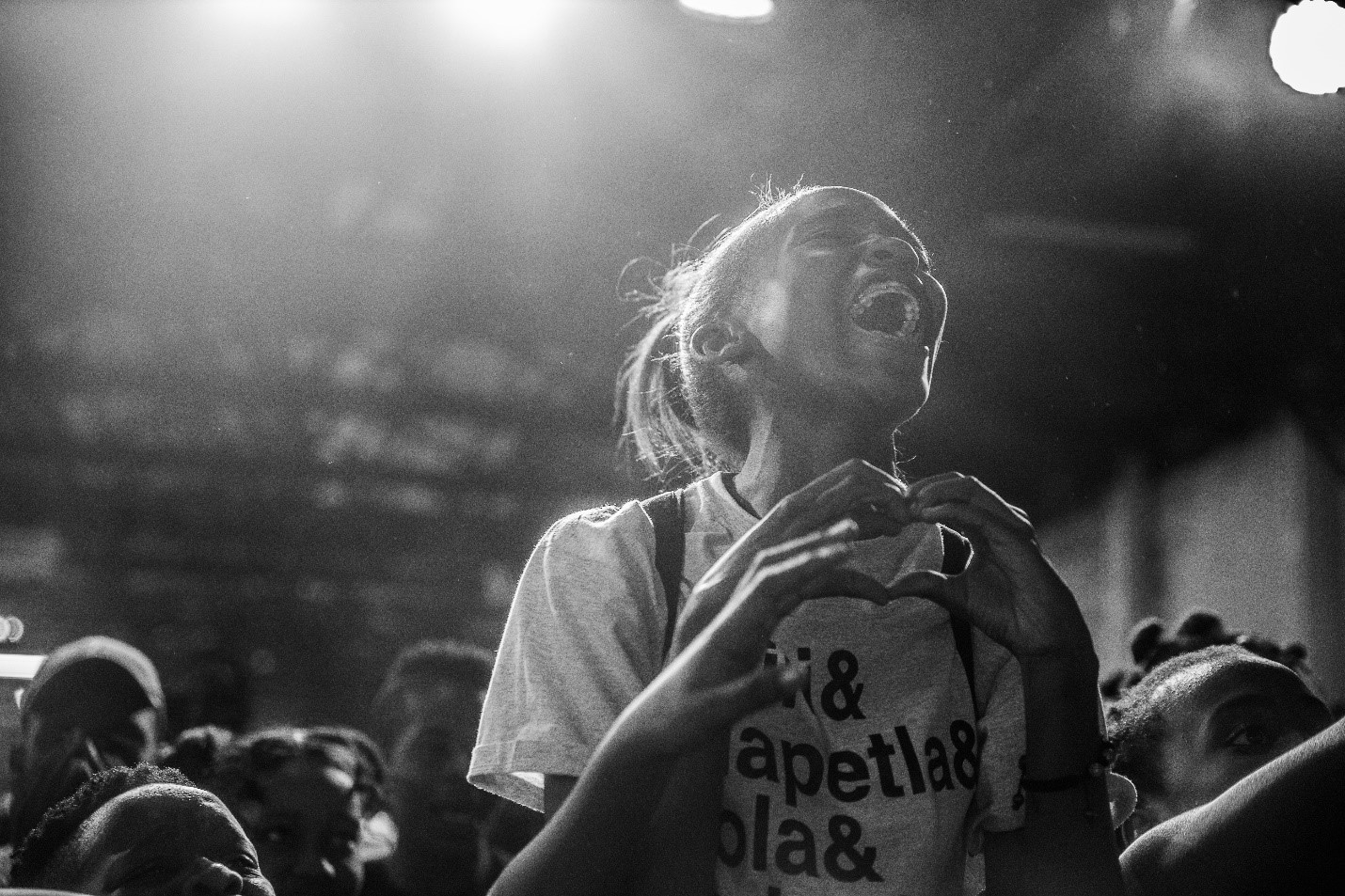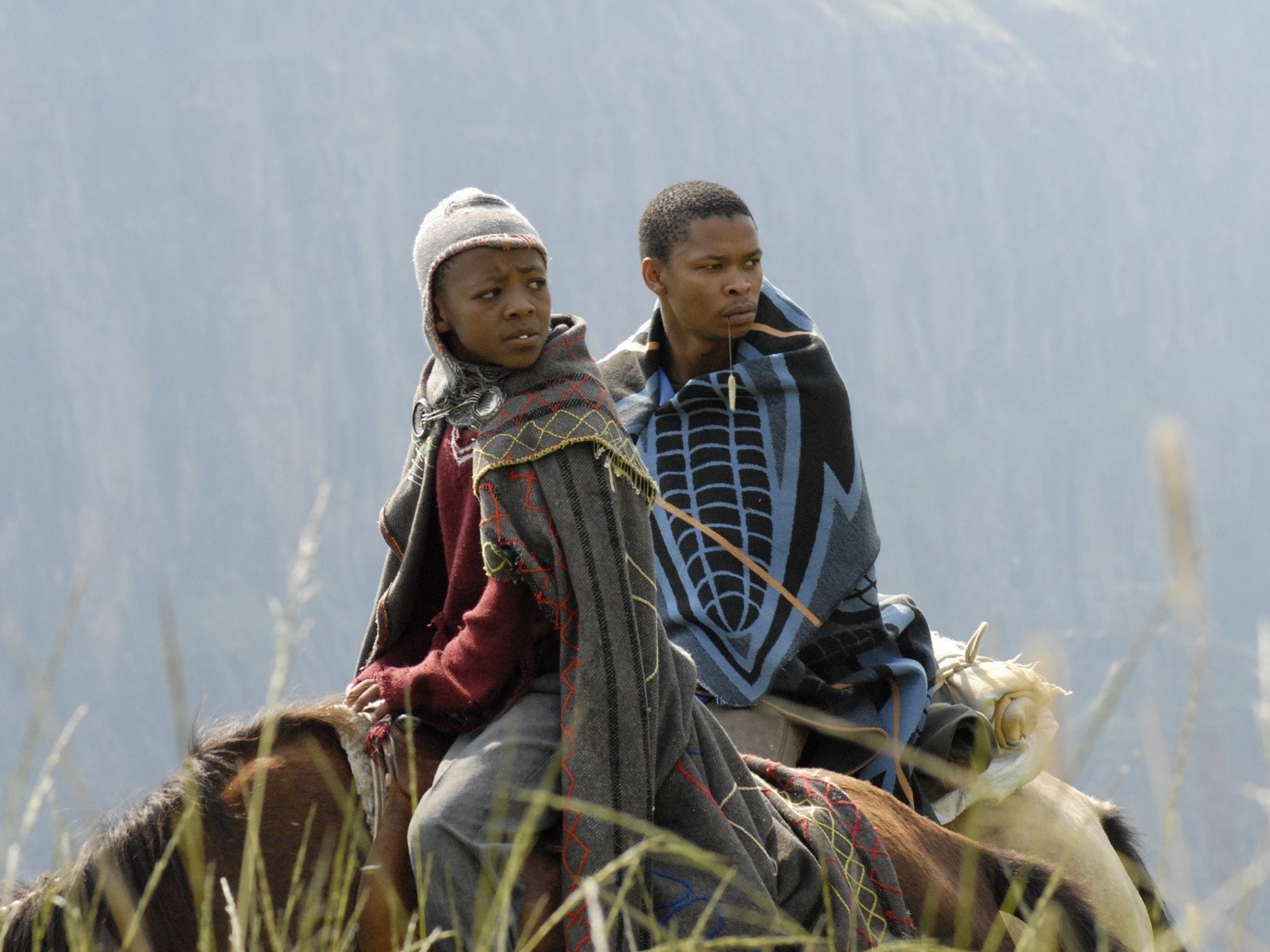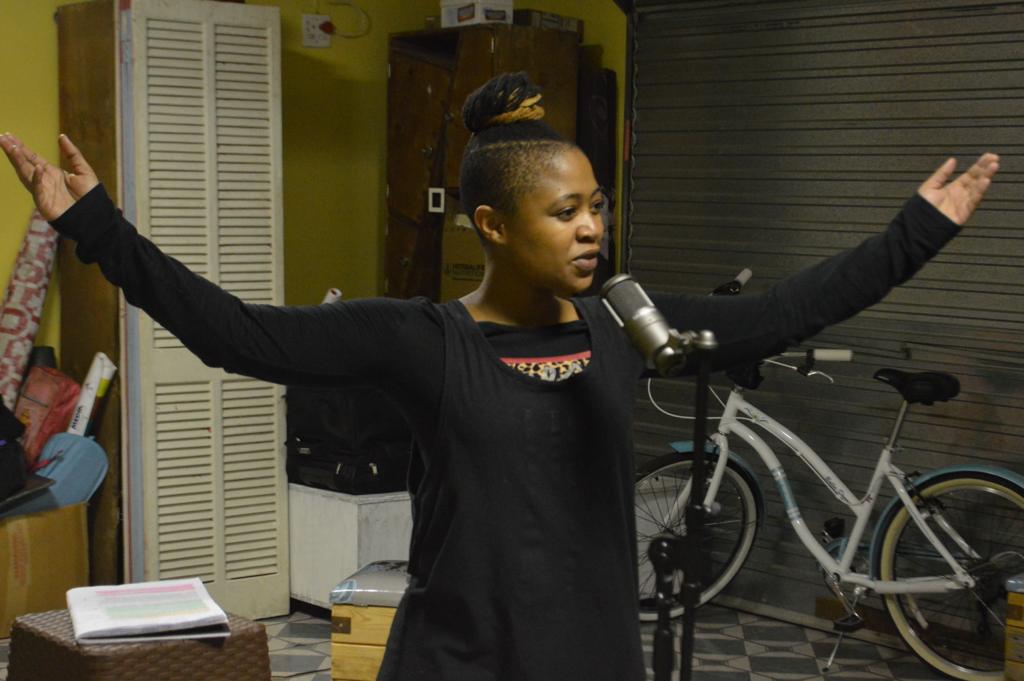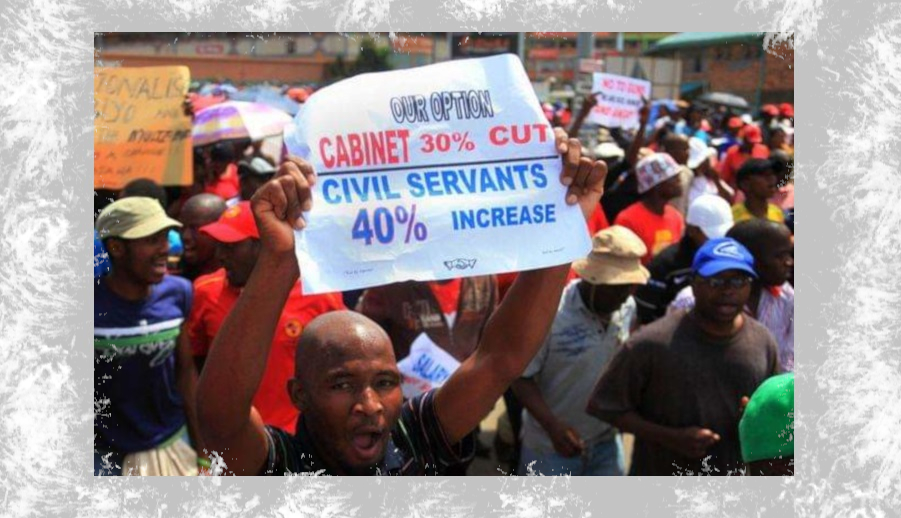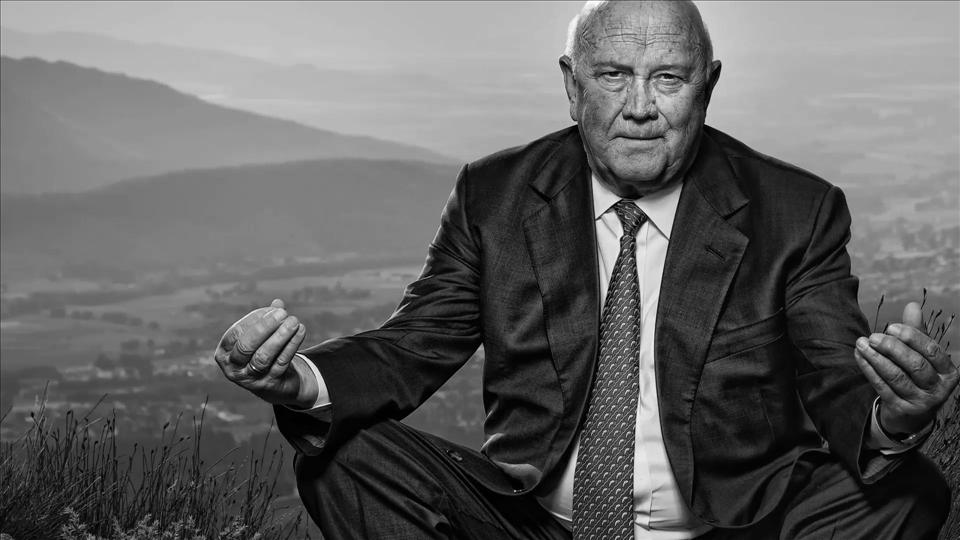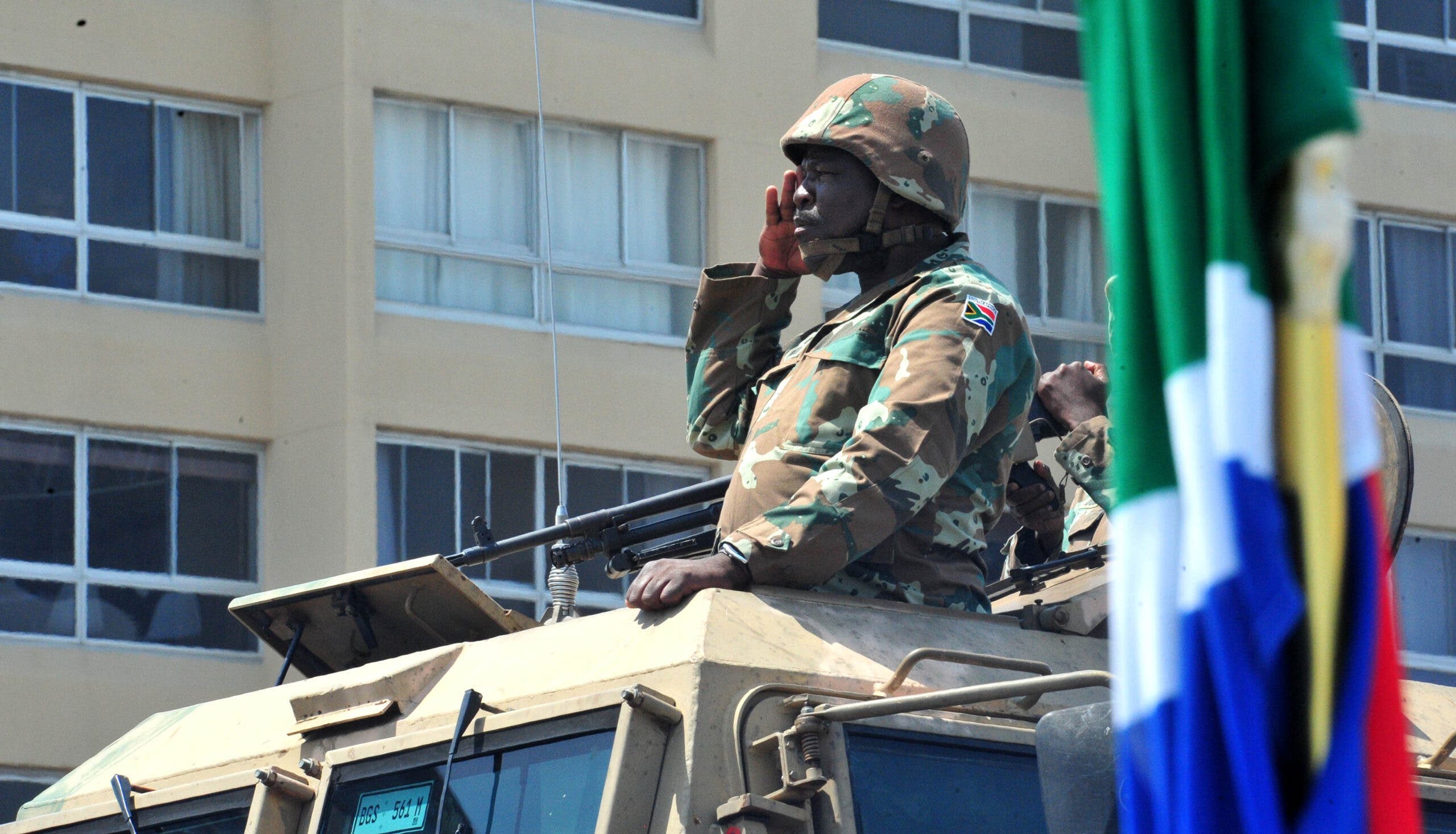Our kind of art comes with the bustling of crowds, an atmosphere of involved merriment, and the excitement of an evening out.
We host poetry shows in art galleries, at libraries, on outdoor benches, and in theatres and auditoriums. We have held shows in a tent, by a fireplace, at a school, in a café and in a tavern. Each space brings with it vibrant energy because it is occupied by people; who are both audience and curators. The artists feel a part of their community and the barriers between stage and crowd are retired. The shows are both performance and conversation. There is an irrepressible addiction one begins to develop for this kind of art. Once it wraps itself in our imagination and practice, there will always be something empty about doing art ‘alone’ as an artist. There will always be the expectation (cultivated by this conscious de-centring) of your death on stage… as the onlookers, bystanders, aficionados and patrons insert themselves into the art.
This was the nagging feeling with which we had to grapple, at the start of the pandemic, as our art was forced to become one-sided. There was an insatiable expectation, a hunger to co-create. And yet, each person was isolated, locked away under the regulations of a strict lockdown, forced to make audiences of themselves – become both the stage and the crowd.
I agonised over how to convert the live experience into the online domain. After trying out a few online poetry shows, the magic of real gatherings never once appeared. There was a clear barrier between the artist and the audience, constructed from plastic-metal casing and glass screen. Even worse, for the audience the artist is in a cage; surrounded by the frame of their device and performing from a faraway place. There is a clear dissonance born of distance when engaging in online art since the location of the artist is different. It is obvious that this art is not present in your space. It is packaged, shrunk, and one-dimensional. This was not the kind of art we wanted to produce; that we felt confident sharing.

For any artist trying to find ways to create art online; it is advisable to try and make one’s art as present in the space as possible. Some creative ideas include producing physical art (hard copies) and selling/delivering it to people in their homes. It may seem quite backwards to print actual books or CDs since most people have shifted their entire lives online, but that is precisely the point. With everything existing in the online domain one’s art will just sink into the endless buzz. All intimacy will be lost and one’s art might never be adequately appreciated the way a physical product might. With people having little to do at home your physically present book might just become more tempting. Also, as people get tired of staring at their screens all day; they might be more willing to read a comic or at least stare at those paintings on the wall. Online marketplaces have seen a massive uptake which creates a good opportunity for an artist to sell their visuals, prints, craft, accessories, or clothing – as long as the artist creates a plan to deliver and to deliver quickly.
Even musicians can sell their music online; now that the culture for online buying is increasing. Artists need to get ahead of the large corporations because otherwise the latter will reap all the benefits of an increasingly tech-savvy population. The artist must use creative marketing, for instance, if you make crafts, consider a marketing campaign that exploits the fact that people have to sit in their rooms all day. Maybe, they might want to spice up their living space… if they’re going to spend so much time there. What corporations have done to sell their goods is something artists will need to catch up on, if they want to make online sales – and that is all about advertising.
This also means artists need to have an online footprint, easy-to-find social media, and a website. These should be well-designed and simple to navigate. All relevant information needs to be easily accessible. If you’re making clothes, what are the sizes, prices, and delivery time? What do the items look like from multiple angles, and on models? Information and professionalism give a buyer guarantees and security. An artist needs to look no further than how corporations manage their online brands and keep up to that standard.
At the same time, we should not see the online space as a silver bullet or an easy market. When the lockdown began, most poets seemed to be curating online videos, entering online contests, or learning new skills. Much of this content was not monetised and was not an adequate substitute for the dominant pre-pandemic activities. I knew this wasn’t ideal for the kind of art I wanted to produce. It seemed that we were trying to achieve the impossible. Art that is meant for reality cannot be translated fully into the realm of the digital. There is, of course, something that we can salvage. But there is always something lost in the conversion; like the digital waves have eaten up the very soul of the art.
The online realm is forward-thinking and capitalises on the future through modern technology. But this kind of time-bending art proved to drain too much from the spirit of our poetry club. So, without any options in the present or the future; we looked to the past. How did people back then make art? What were their methods of poetry? Could we get inspiration there?
This is where we caught our big break. Poets of the past wrote letters, chapbooks, anthologies, pamphlets, books, and journals. To communicate with audiences around the world they had to write. With the surge of online art ironically; a physical book seemed like something innovative. For some physical literature is a dying form. But that’s precisely what makes it such an attractive option. It’s becoming uncommon, deviant and non-conformist to have a printed book. Our poetry club was founded in a library. It’s always had that retro rebellious spirit. Instead of moving with the times and trying to find ways to commodify our art in the online market; we turned back to the simplest media for art – the printed page.
So, twenty-odd poets came together and started writing a poetry anthology. This immense project improved our artistic spirit, cured our writing block and produced phenomenal creativity. We shared and co-edited our poems and some writers involved their friends and families. In these pandemic times there is a lot of time to co-create written poetry. Furthermore, we had a purpose. Our art was moving toward a clear destination. It merged the art form of the past with a project that would be launched in the future. While we could have published the book during the lockdown; we have decided we want to delay its launch for when there are festivals and book fairs again. But certainly, during a lockdown is also the perfect time to launch a poetry book too.
Artists who perform had to accept the reality that the kind of art we were producing could not be reproduced. We did not have the soul to try to do something we weren’t passionate about. So, we had to find new (or old) ways to create art, even if it meant doing something completely different from what we were used to. We had never once put together an anthology. It was something we either never had the time to do or perhaps were too distracted to consider. But, with no way to translate our art; this became an option. So, artists should also look to making different kinds of art or investing time in developing alternative skills. As much as the hustle to make money should continue in the pandemic, we should also branch out into art and skills that will benefit us post-pandemic. For instance, our poetry book can be a great success for our club even after the pandemic.
Overall, there is the immediate urgency to find ways to sell art online, which requires a good online footprint, good administrative systems, house delivery, and creative marketing. There is also the necessity for creating sustainable skills or art for the post-pandemic period during this time. An artist should prepare today for tomorrow’s world. But, most importantly, they should follow their soul, stand out from the crowd and keep true to the art that they produce. After all, that’s why audiences support art – because there is something authentic there, in it… something that not even the pandemic can take away.
AuthorTshiamo Malatji is an anarchist organiser, writer and poet in Bloemfontein, South Africa. In 2018, he founded the UFS Poetry Club (PoClub) and regularly participates in arts events in Bloemfontein, Cape Town, Johannesburg, and Kimberley.
Copyright: Cav’ Platform / Goethe-Institut Südafrika

